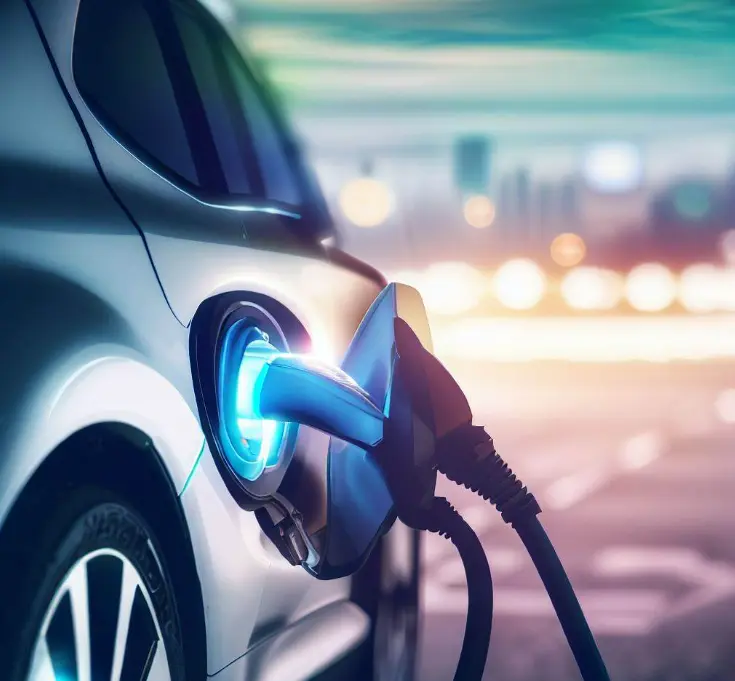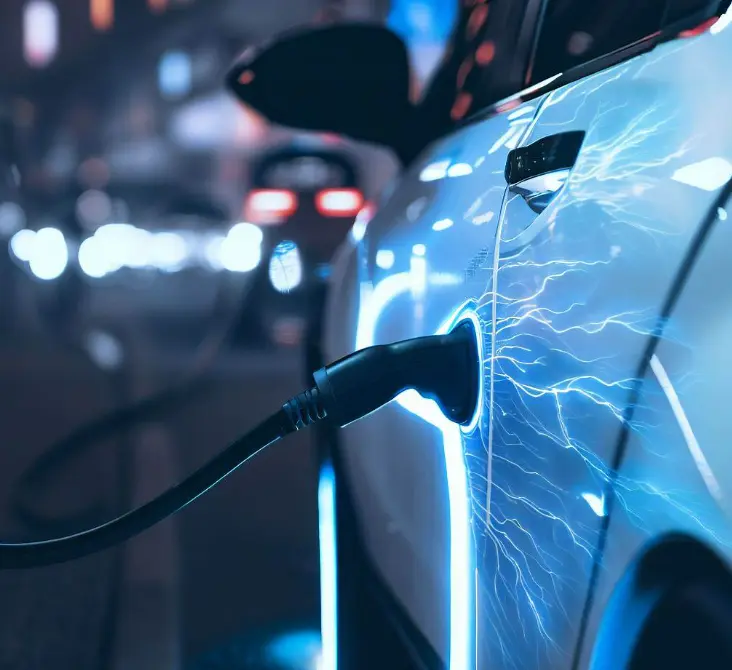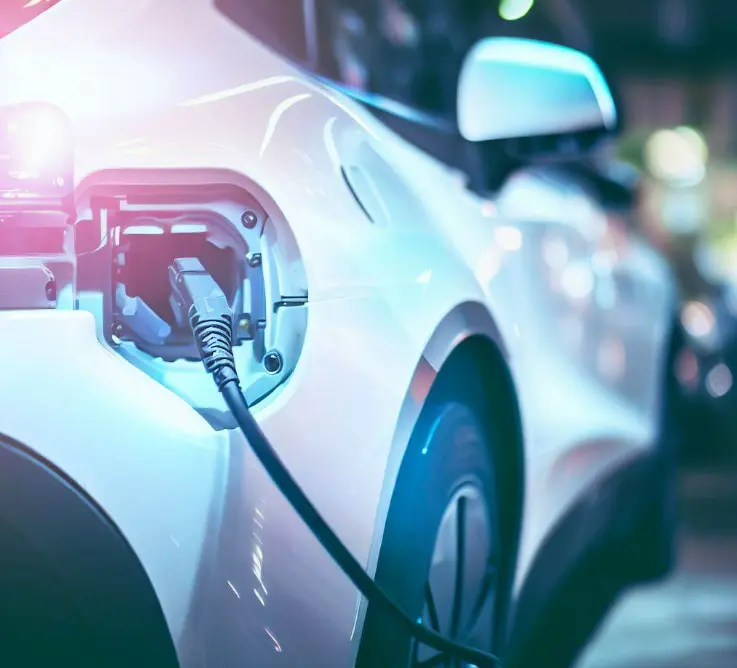Measuring the performance of electric vehicle (EV) charging stations at hotels is crucial for providing excellent guest experiences and maximizing profits. With the rising popularity of EVs, hotels must optimize their EV charging infrastructure to meet guest demands. Follow these key steps to measure and improve the effectiveness of your hotel’s EV charging stations.
Monitor Charging Station Utilization
The utilization rate shows how often each charging port is occupied over time. Low utilization indicates underused stations, while high utilization suggests a need to expand capacity. Aim for around 20-50% utilization initially.
 Utilization rate = Hours in use per day / 24 hours
Utilization rate = Hours in use per day / 24 hours
Track utilization monthly to identify usage patterns. Weekday versus weekend and hourly usage may differ. Try to maintain steady utilization rates for each port to provide consistent availability. Update your hotel website and apps with real-time occupancy rates so guests can easily check open ports.
Measure Session Duration
Session duration reveals how long vehicles occupy ports on average. Draw insights by comparing session length to battery capacity. Guests with EVs that charge quickly may only need 15-30 minutes. Those with larger battery capacities often require 1-2 hours or more.
Adjust pricing and incentives to encourage prompt turnover after sessions finish charging. Long session lengths suggest a need for more stations. Guests will be frustrated if ports are perpetually occupied.
Monitor Peak Hours and Days
Determine when charging demand peaks during the day or week. Usage may surge in the evenings when guests return from activities. Port utilization generally declines overnight.

Analyze Revenue Metrics
Carefully evaluate financial metrics like revenue per session, revenue per customer, and overall revenue streams. This reveals profitability, charging station usage, and potential areas for revenue growth.
Higher revenues per session indicate guests are willing to pay more for charging services. However, high revenues paired with low utilization signal excessively high pricing that deters guests from charging. Finding the right balance maximizes profits.
Compare total revenue to usage metrics. Expanding capacity with more stations can increase revenues by serving excess demand. Advertising or adjusting pricing may also help boost revenues.
Monitor EV Charging Station Uptime
Uptime measures the percentage of time charging stations are operational annually. Extensive downtime due to technical issues, maintenance, or repairs diminishes the guest experience.
Uptime % = (Total hours in a year – downtime hours) / Total hours in a year

Optimize Maintenance Strategies
Proper maintenance sustains performance, prevents problems, and maximizes uptime. Create maintenance checklists for technicians to inspect electrical connections, screens, panels, cables, and hardware monthly. Perform thorough cleanings and calibrate software and equipment biannually.
Invest in remote monitoring systems to identify errors immediately without waiting for guest reports. Have experienced technicians perform repairs promptly. Schedule preventative maintenance during off-peak hours to minimize downtime.
Respond to guest charging issues within 30 minutes whenever possible for best satisfaction. Track maintenance expenses and assess if third-party contractors effectively minimize costs.
Leverage Charging Station Management Software
Management software centralizes control of multiple charging stations and collects usage data. Cloud-based software offers real-time analytics and remote management via desktop or smartphone.
Top programs like ChargePoint, EV Connect, Tridens, and SemaConnect enable dynamic pricing, access control, maintenance alerts, and integration with hotel platforms.
Key features include payment processing, energy management, driver apps showing station availability, reservations, automated billing for overnight charging, and generating usage reports.
Ensure your software provides the metrics needed to monitor station performance. Frequent data backups are also critical to prevent losses.
Analyze Internet Connectivity
Reliable WiFi or cellular connections are vital for smart EV charging stations. Internet connectivity enables:
- Real-time status updates and notifications
- Remote monitoring and maintenance
- Over-the-air software updates
- Communication between charging stations, management platforms, and driver apps
- Authentication of users and automatic billing
Evaluate connectivity at each charging location, along with network bandwidth and uptime. Resolve any dead zones or intermittent service issues. Hardwire stations whenever feasible for maximal uptime.
Optimize Site Design Factors
Consider guest accessibility and convenience when locating charging ports. Place stations near hotel entrances and main guest parking areas. Avoid cramped spaces that impede access.
Ensure charging cables easily reach vehicle charge ports without straining or obstructing walkways and doors. Well-lit stations allow guests to connect safely at night.
Prominently display charging rates, session fees, time limits and other key details. On-site signage directs guests to stations and creates awareness.
Surveying Guest Satisfaction
Guest surveys and reviews provide direct feedback on their charging experiences. Seek opinions on station locations, ease of use, availability, pricing, maintenance issues, and overall satisfaction.
Analyze reviews on Google, Yelp, TripAdvisor and your own surveys. Identify common complaints and swiftly address them. Publicly respond to negative reviews detailing improvements made.
Follow up with guests during or after stays to obtain actionable suggestions while experiences are fresh. Offer incentives for completing surveys to boost participation.
Key Takeaways for Measuring EV Charging Station Performance
Monitor utilization rates, session duration, peak demand times, revenue metrics, uptime percentage, and maintenance needs. Management software centralizes data and control. Provide abundant signage and convenient, accessible station locations. Continuously survey guests for direct feedback on their charging experiences.
 Analyzing performance data, usage patterns, and guest opinions provides actionable insights to improve services. By optimizing EV charging infrastructure, hotels can provide exemplary charging experiences that match the quality of other guest amenities. EV drivers will frequent properties that understand and cater to their needs.
Analyzing performance data, usage patterns, and guest opinions provides actionable insights to improve services. By optimizing EV charging infrastructure, hotels can provide exemplary charging experiences that match the quality of other guest amenities. EV drivers will frequent properties that understand and cater to their needs.

